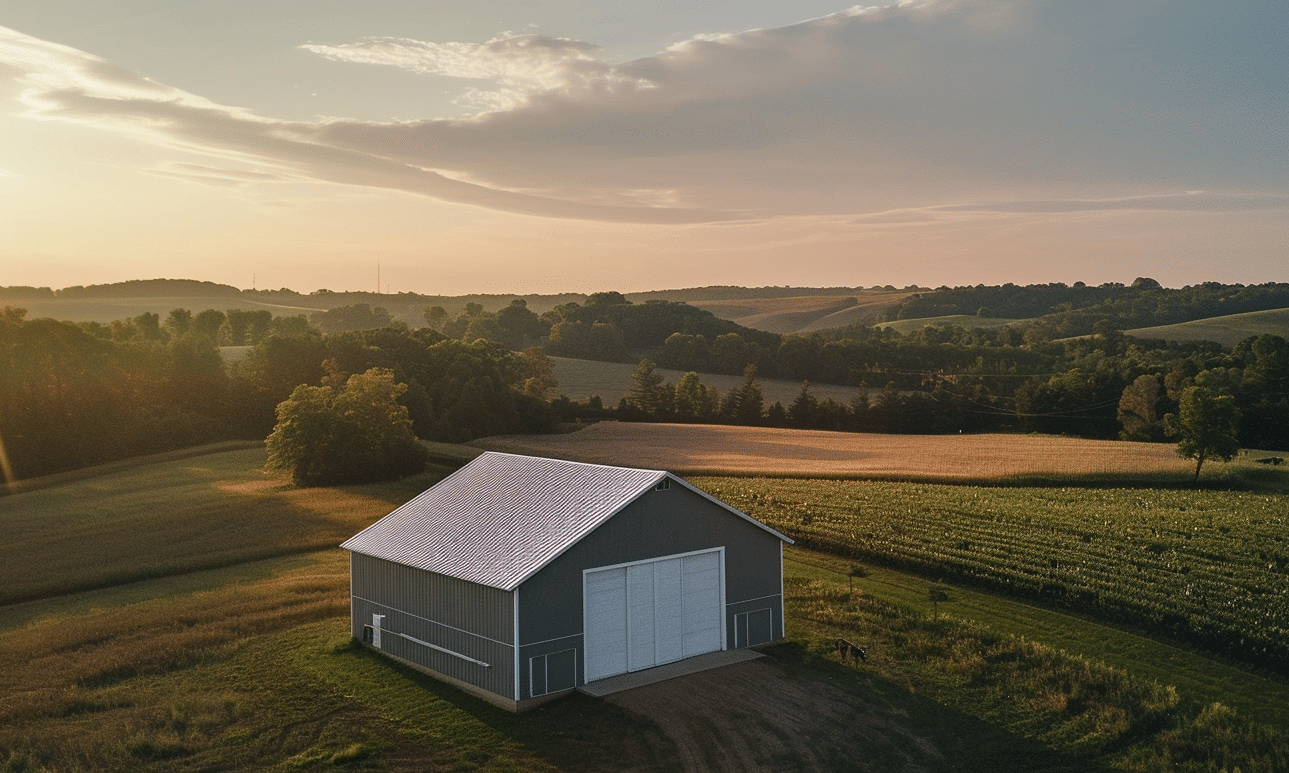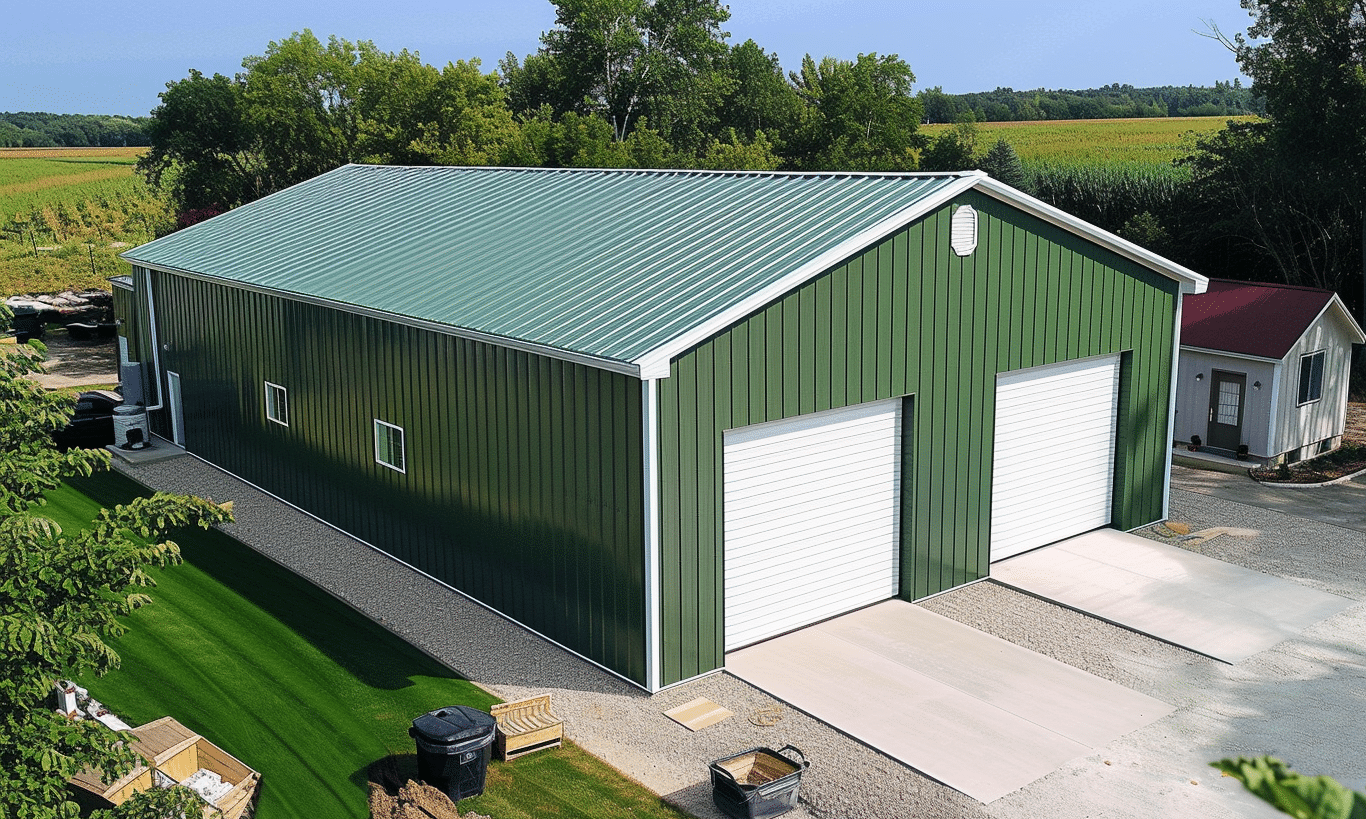Net-zero energy buildings have become a popular topic of discussion in recent years as the world turns towards sustainable living. These buildings are not just architectural wonders but are statements of balance with the ecosystem. Imagine a building capable of generating all the energy it consumes, quite like nature’s perpetual cycle, where nothing is wasted, and everything has a purpose. This is the marvel of net-zero energy buildings, and it is a revolution spearheading the future of construction.
By leveraging advanced design techniques and cutting-edge technologies, net-zero energy buildings aim to minimize the energy footprint. Are these structures not the architectural equivalent of “giving back what you take?” But how does one embark on the journey towards achieving net-zero energy in buildings? Let’s delve into this fascinating realm.
Understanding Net-Zero Energy Buildings
Net-zero energy buildings are structures that produce as much energy as they consume—simple in concept but intricate in execution. These buildings proficiently harness renewable energy sources like solar and wind, shifting the paradigm from dependency on fossil fuels to sustainable energy independence. It’s akin to planting a seed and watching it grow into a tree that not only thrives but also nourishes its environment.
Canada is among the frontrunners in adopting net-zero dynamics, with organizations like the Canada Mortgage and Housing Corporation – Net-Zero Energy Buildings paving the path for sustainable construction practices. But how do we transform the theory into reality, ensuring that buildings today cater to energy demands without tipping the balance of nature?
Incorporating Passive House Design Principles
Achieving net-zero energy is often likened to joining an elite club where every element of design and functionality is scrutinized for efficiency. One of the most effective approaches is to integrate Passive house design. This involves meticulous planning that focuses on ultra-tight building envelopes, superior insulation, and strategic ventilation to reduce energy loss.
Passive house design is a cousin to net-zero energy buildings, sharing the foundational ethos of maximizing energy efficiency. By limiting the need for active heating and cooling systems, passive principles allow buildings to maintain comfortable indoor climates naturally.
The Role of Pre-Fabricated Buildings in Net-Zero Designs
Imagine a building being assembled like a giant puzzle, each piece crafted to perfection offsite, transported, and then erected with precision. This is the essence of pre-fabricated buildings, which have emerged as powerful allies in the quest for sustainable architecture. These structures are designed for energy efficiency from the get-go, ensuring that components such as roofing, walls, and facades are optimal in thermal performance.
The prefab approach reduces waste and construction time, enabling builders to adhere to net-zero standards efficiently. It’s a testament to the fact that sustainability can marry industry and convenience without compromise.

Innovative Features of Net-Zero Energy Buildings
Net-zero energy buildings are a cocktail of innovation, where technology and design blend to create symbiotic environments.
Integration of Green Roofs
The integration of green roofs is a step towards breathing life onto the concrete canvas of cities. These roofs are more than just patches of green atop buildings; they are vibrant ecosystems that contribute to energy efficiency. They provide natural insulation, reducing heating and cooling loads while also absorbing rainwater, and decreasing the building’s environmental footprint.
Harnessing Renewable Energy and Smart Technologies
Net-zero energy buildings rely heavily on renewable energy sources such as solar panels and wind turbines. The strategic placement and integration of these technologies into the building ensure that energy generation meets consumption perfectly. Moreover, smart technologies like energy monitoring systems allow for real-time adjustment of energy usage, ensuring that efficiency is not just a goal but a constant achievement.
The Advantages of Sustainable Steel Structures
Steel buildings serve as the backbone of numerous net-zero structures due to their durability, adaptability, and environmental benefits. Incorporating Environmental Benefits of Steel Buildings into the design ensures not only structural integrity but also alignment with sustainable building practices.
Steel’s recyclability makes it a preferred choice, echoing nature’s intrinsic property of adaptability and renewal. This contributes magnificently to reaching net-zero statuses by reducing the carbon footprint associated with conventional construction materials.
Moving Forward: The Future of Net-Zero Energy Buildings
The road to net-zero energy is a journey filled with learning and innovation. As we move forward, the construction landscape is poised to embrace these principles, molding an architectural future that respects nature and humanity in equal measure.
Adopting net-zero structures globally would be akin to witnessing a field bloom in spring after a long winter – a testimony to renewal and balance. The synergies between sustainable practices, advanced technologies, and underlying commitment to environmental stewardship will see this vision actualized. By building today with tomorrow in mind, we can ensure that future generations inherit a world where energy inefficiency is a relic of the past.
The journey towards achieving net-zero energy buildings is not just about buildings in isolation but about crafting a better planet for all living beings. After all, isn’t sustainability the true measure of progress?
As you consider your next project, or simply the world around you, think of how you can contribute to this inspiring movement. With a touch of innovation and a dash of responsibility, our collective efforts can usher in a new era of architectural marvels, one net-zero energy building at a time.

In conclusion, net-zero energy buildings represent more than a trend; they signify a movement towards a sustainable future. By understanding their intricate systems and embracing innovations such as passive house design, prefab buildings, and the benefits of steel, we can contribute to a greener, more balanced world. The journey toward sustainability is ongoing, and net-zero energy buildings are front and center, leading the charge.










